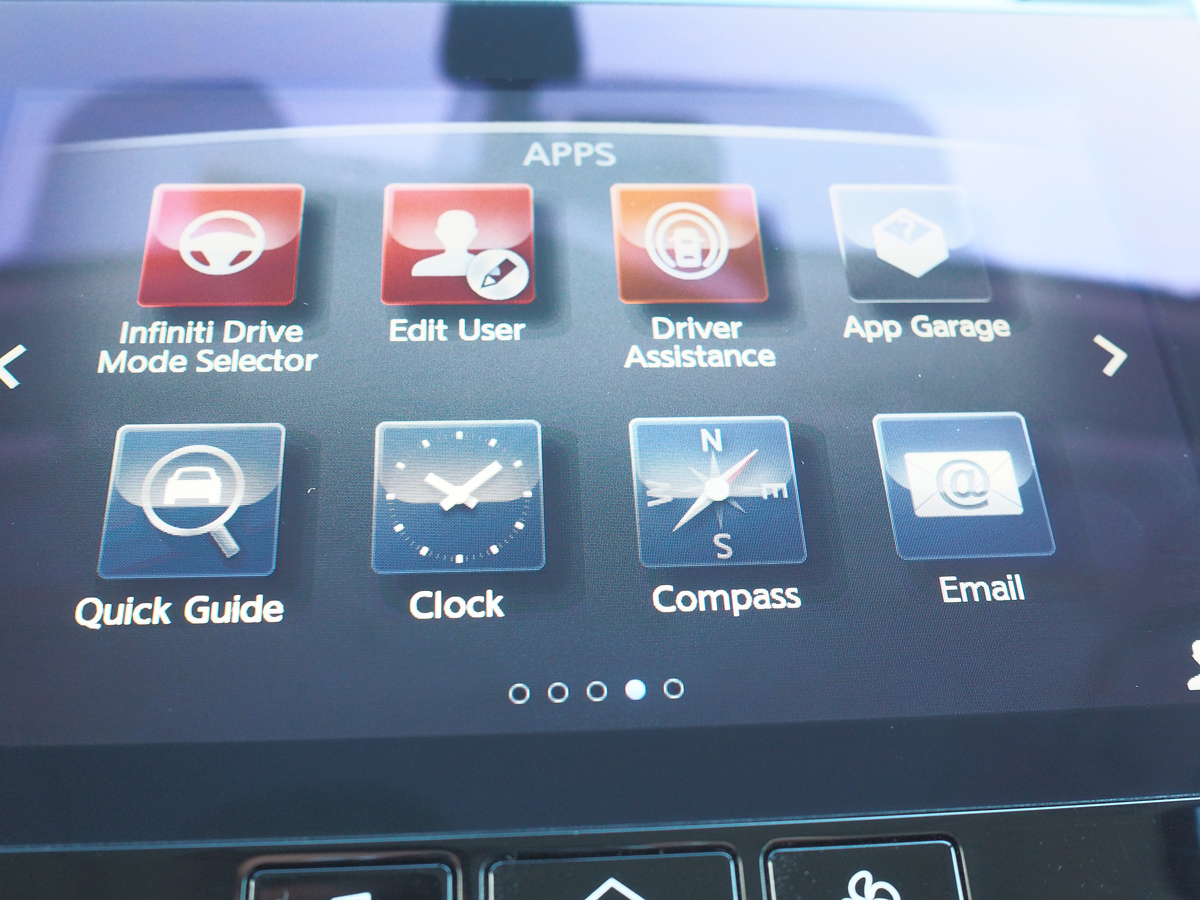Hydraulic vs. electric power steering systems explained


While the switch from conventional (hydraulic) power steering to electric is a more subtle change for the average driver than, say, a gasoline to electric motor, it is nonetheless a big step in automotive evolution. You’ll find this technology in modern offerings from Hyundais to Porsches, and some brands like Infiniti take it one step further with the introduction of a steer-by-wire system. Here’s how it all works.

Hydraulic power steering
Most cars sold a few years ago use this type of a steering setup. A hydraulic piston connected to the steering gear uses pressurized fluid to provide assistance when turning the wheel. The fluid moves via a pump that is driven by the engine — The issue is the pump is always using energy even when the steering wheel isn’t touched. The amount of assistance can also feel different depending on how fast the vehicle is moving.

Electric power steering
An electric power steering (EPS) system deletes the piston and pump altogether and instead utilizes a small, independent motor and torque sensor mounted directly to the steering column or gear. The sensor monitors force being applied to the wheel and gives the appropriate amount of help to the driver. The benefit is less energy drag from the engine, resulting in slightly better fuel economy, as well as fewer moving parts and lighter weight.

Steer-by-wire
Infiniti was the first to introduce steer-by-wire to the market with the launch of the Infiniti Q50 luxury sedan a couple years ago. Calling it Direct Adaptive Steering (DAS), it largely eliminates any mechanical connection between the driver and the wheels. So where as EPS removes hydraulics, DAS goes one step further and takes away the traditional steering linkage as well (although there is a mechanical backup system in case the electronics fail), using actuators instead that turn the wheels directly.

Steer-by-wire is definitely the wave of the future as more and more traditional car functions are digitized. DAS is already showing what is possible with its ability to tailor steering feel to accommodate the user’s preference, and features like Active Lane Control where the computer can automatically keep the car in its lane to compensate for environmental changes such as heavy crosswinds or uneven road surfaces.
Here’s a short video of Active Lane Control in action:

